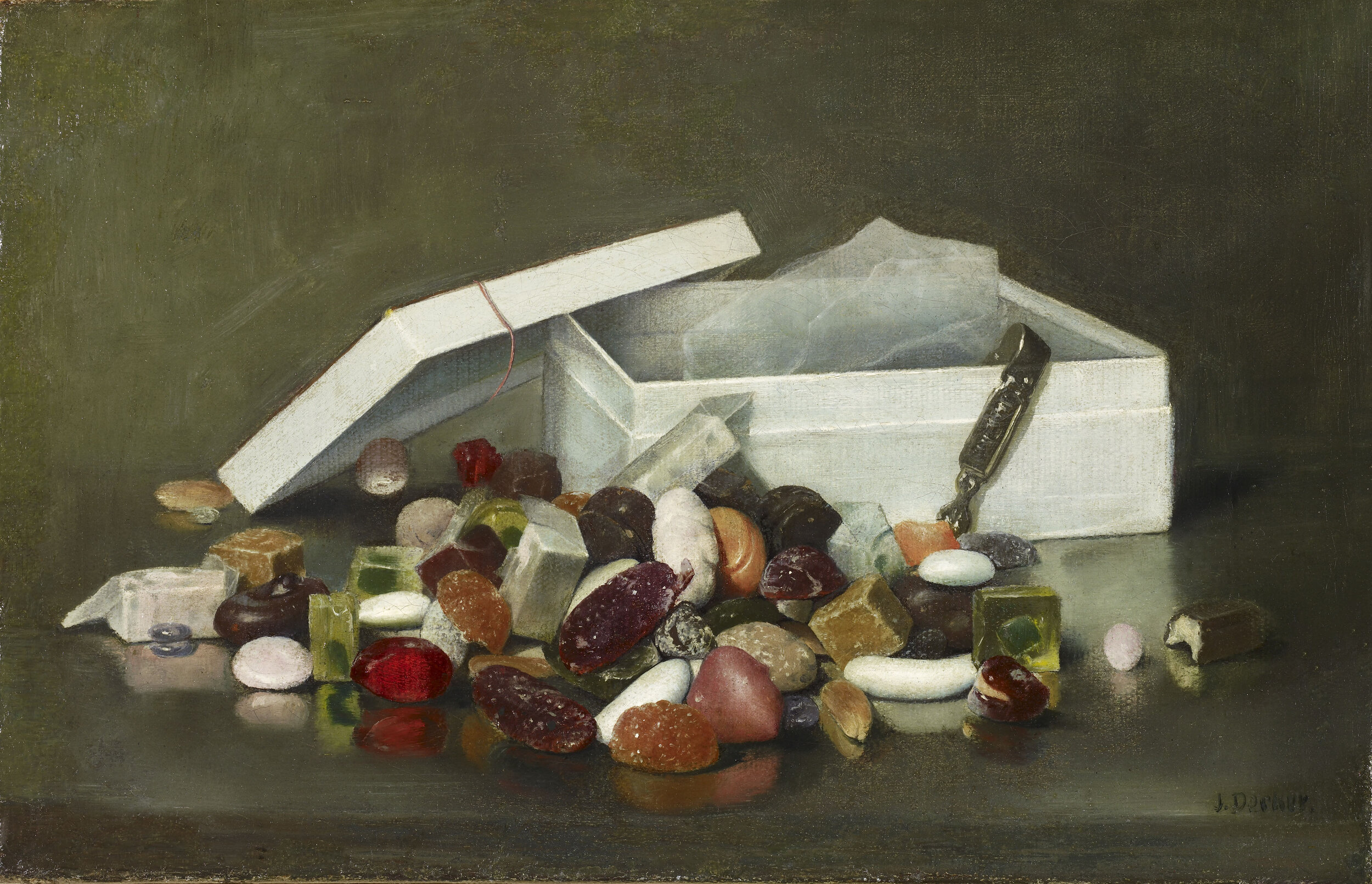A few years ago, Boulevard Arts produced a virtually reality experience with the Victoria & Albert Museum entitled “Romance & Nostalgia: Constable, Turner and the British Countryside,” featuring seventeen early to mid 19th-century works by some of England’s greatest painters. We wanted users to enjoy moving around the museum’s gallery and looking at the art, as they would in real life. But we also wanted to leverage the unique possibilities of VR, so we developed a clue-based scavenger hunt within the experience.
Upon successful completion of this challenge (which was not easy, mind you), users were rewarded by the appearance of a large 3-D model of Salisbury Cathedral in the center of the room (in homage to one of the gallery’s famous paintings, John Constable’s Salisbury Cathedral, 1824).
We had to do a bunch of research to come up with these “Fun Facts” that pop up around the model (which turns in space, by the way). Hope you enjoy them…. and if you want to try out the virtual experience, view all seventeen paintings, challenge yourself with the scavenger hunt and see the 3-D model of Salisbury Cathedral appear out of nowhere–you can always download the Boulevard Arts app for free from the Oculus Store for use on the Oculus Go and the Rift.
SALISBURY CATHEDRAL FUN FACTS:
Fact 1: Today there is a 12-foot high copper cross atop the spire of Salisbury Cathedral. However, until 1921 a weather vane held this prestigious place. In order to keep the weather vane in good working order, each year someone would have to climb to the top to grease it. Keep in mind, this is the tallest spire in all of England.
Fact 2: The foundation stones for Salisbury Cathedral were set in April of 1220. The entire structure is constructed of 70,000 tons of stone, 2,641 tons of oak, and 420 tons of lead. When the 404-foot tall spire was erected in the 1300s, this element alone added 6,500 tons.
Fact 3: How many months are there in a year? 12. How many days are there in a year? 365. How many hours in a year? 8,760. How many minutes in an hour? 60. How many seconds in a minute? 60.
When the building was first built, it had 12 doors, 365 windows, 8,760 marble pillars, 60 sculptures, and 60 crosses. Does this ring any bells? Clearly, the Cathedral’s architects were well versed in the principles of sacred geometry, and the concept of the passage of time is deeply encoded in all aspects of its symbolism and design.
Fact 4: Salisbury Cathedral possesses 1 of 4 original copies of the Magna Carta. What exactly is the Magna Carta? The Magna Carta, or The Great Charter, set forth in 1215 by King John of England, was a document mandating that everyone, even the king, was subject to the law. Its principles would have an enormous impact upon the relationships between rulers and their subjects throughout the world, and would ultimately inspire the authors of the U.S. Constitution.
Fact 5: Salisbury Cathedral is home to the oldest working clock in England, possibly the world, dating back to 1386. But, the clock has neither hands nor dial marks to show the time. Instead, the clock’s bells chime once an hour, on the hour.
Fact 6: Creating fascinating dialogues between old and new and insuring that its own role in history is not static, Salisbury Cathedral frequently sponsors exhibitions of contemporary artists from around the world.
Fact 7: Did you know that among the thousands of stones used to construct the Cathedral, no two are alike in shape or size?
Each stone was carved by hand and is given a special mark, or banker’s mark, by the mason who shaped it. Amazingly, it only took 38 years to build this beautifully ornate Gothic Cathedral. By comparison, the Cathedral of Notre Dame in Paris took almost 200 years to complete.





















